A Japanese vending machine perfect for samurai
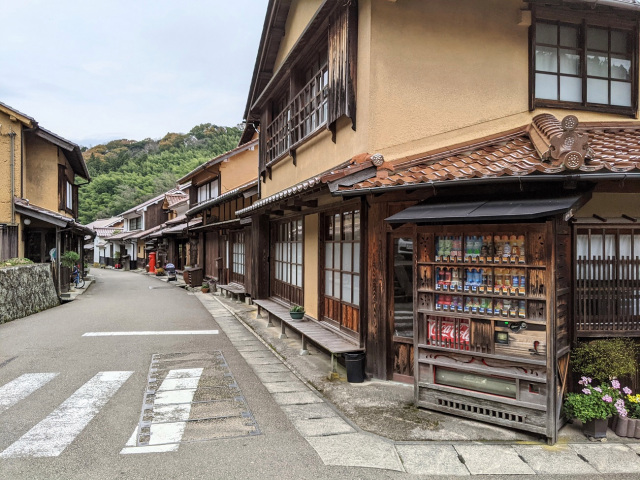
If vending machines existed in the Edo Period, they would’ve looked like this.
There are plenty of historic tourist areas scattered around Japan, where you can walk down beautifully preserved streets and enjoy the atmosphere of a townscape that looks just as it did centuries ago.
That’s all thanks to the great care that’s taken to not disturb the atmosphere of the area, as modern amenities like supermarkets and convenience stores are required to forgo their usual signage for more sedate storefronts that blend into the landscape.
Omori, in the valley of Iwami Ginzan, a World Heritage Site in Shimane Prefecture, is one such town, where visitors are protected from unsightly modern conveniences (save for an asphalt road) to help create the illusion of being whisked back in time to the Edo Period (1603-1868). This was the town’s heyday, when the area was bustling with craftsmen, merchants, magistrates and samurai, who all had ties to the nearby silver mine.
▼ During the 17th century, a third of the world’s silver was produced in Omori.
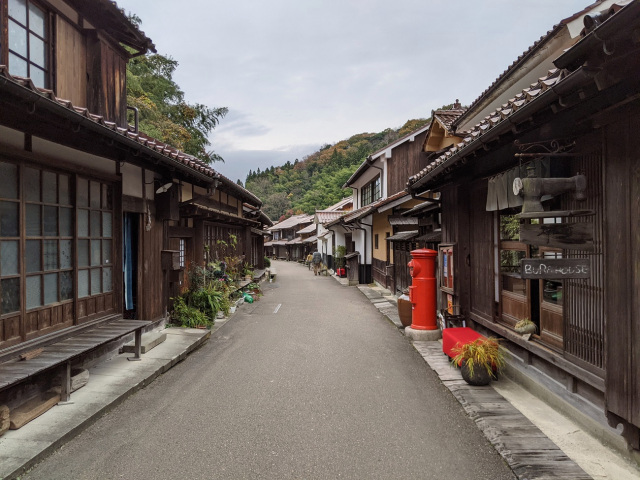
Today, cafes, stores and restaurants are waiting to be discovered inside some of the beautiful wooden buildings at Omori, and if you find yourself in the town outside of business hours, you’ll be able to quench your thirst at a vending machine that’s also disguised behind a wooden exterior.
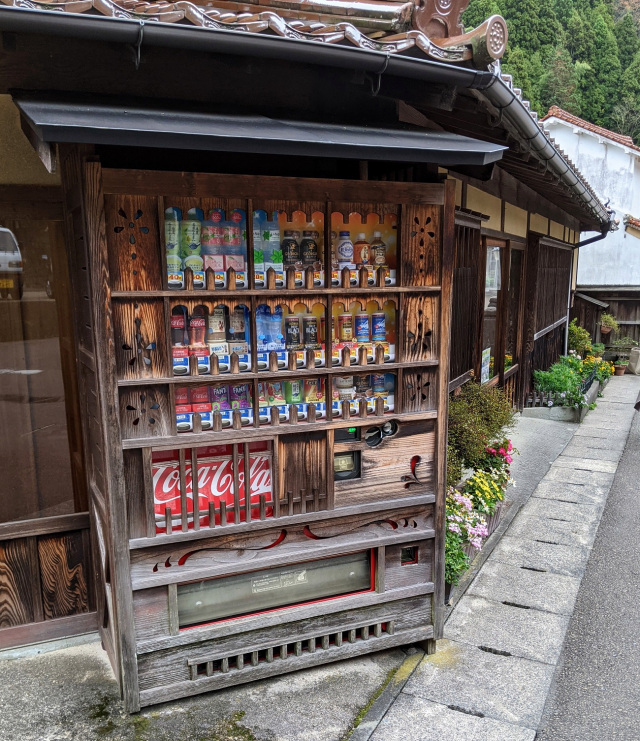
The worlds of traditional Japan and modern-day convenience collide here on this street corner, where a Coca-Cola vending machine sits inside a carefully carved and beautifully decorated wooden housing. It doesn’t take much to imagine a samurai in casual hakama streetwear standing in the glow of the lights here, reaching down to retrieve a can of Coke, perhaps popping it into one of his long sleeves to save for later.

After the nearby silver mine closed down in the 1920s, Omori was designated an important traditional buildings preservation district of Japan in 1987, and later designated a World Heritage Site, collectively with the mine, in 2007.
▼ The wooden vending machine frame was handmade even before Iwami Ginzan was registered as a World Heritage Site.
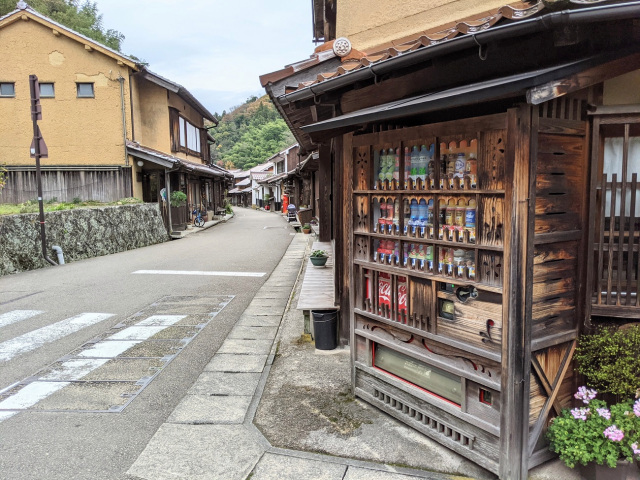
▼ The attention to detail in the design, using wood that perfectly matches the surrounding buildings, makes it look like an old Edo-era signboard.
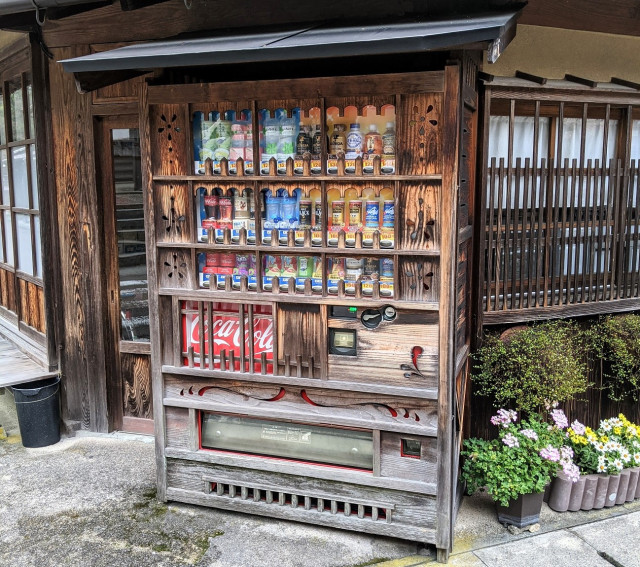
Omori is still a hidden, off-the-beaten track for a lot of visitors to Japan, but it’s well worth a visit, as it’s a beautiful place to relax and explore away from the crowds. It’s not only home to one of the country’s most elaborate-looking vending machines — it’s home to a samurai residence, merchant houses and gorgeous mountain scenery that allows you to immerse yourself in rural Japan.
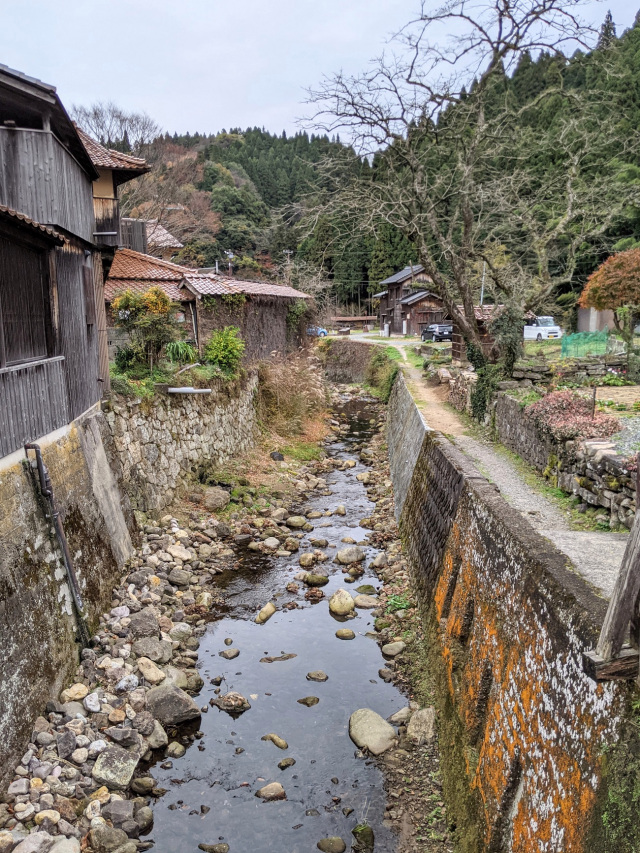
Japanese tradition is alive and well in this World Heritage town, where even the local vending machine looks like something out of the Edo Period. This one’s going straight on our list of must-visit vending machines in Japan, which includes other luminaries that sell origami, flying fish soup stock, and roasted sweet potatoes!
Photos © SoraNews24
● Want to hear about SoraNews24’s latest articles as soon as they’re published? Follow us on Facebook and Twitter!
Credit:

0 comments: